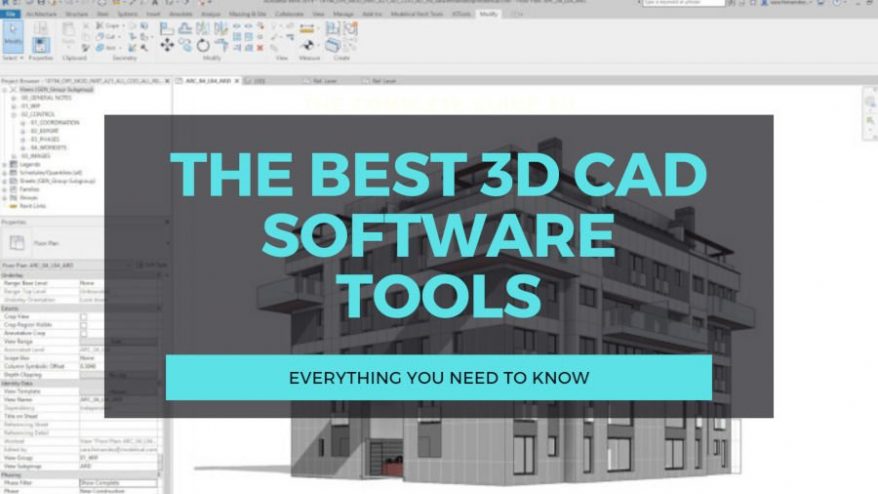

Editing is done by simply selecting what you want to change and changing it. There are no sketches driving features that make up the part. Direct modeling doesn’t maintain a history of features or record how a model is built. This creates predictable results from edits on underlying feature sketches using precise dimension changes. In history based modeling, the structure and order of features control how models react to changes or edits. Traditionally, there are two main approaches to creating and modifying geometry in 3D CAD: history-based (also known as ordered or feature-based) modeling or direct modeling. These three-dimensional models can be used in simulation studies to predict how the object will respond to stress and environmental factors, they can be rendered to create a photo-realistic images for use in sales and marketing materials and/or detailed drawings can be sent to manufacturing for production (or, in the case of additive manufacturing, the CAD file can be sent directly to a 3D printer).
#Cad programs software#
3D CAD software facilitates and automates other aspects of product engineering, such as simulation testing, drawing and drafting, manufacturing, data management, computer generated animation, and more. With 3D CAD, designers can dynamically create and modify every detail of a product, part or assembly. 3D CAD (3-dimensional computer-aided design) is a technology that engineers, product developers and designers use to create functional, virtual prototypes of three-dimensional objects.


 0 kommentar(er)
0 kommentar(er)
